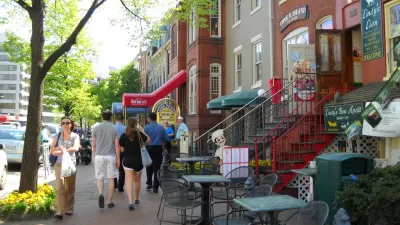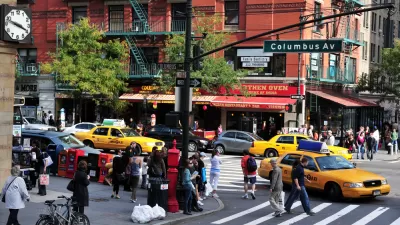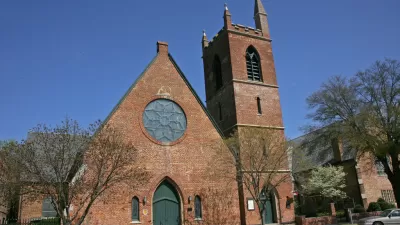New research shows areas with a heavy concentration of commercial offices experience 40 percent higher crime rates than neighborhoods that mix residential and commercial uses.

According to an article by Kaley Overstreet in Arch Daily, “mixed-use spaces do more than just create a diverse array of experiences in cities- they might also help contribute to lower crime rates.” Mixed-Use neighborhoods, writes Overstreet, “enhance social connections and promote public transportation, while also encouraging the themes of ‘live, work, and play’ in one concentrated zone.”
According to Overstreet, “In a study published under the University of Pennsylvania Law Review, data showed that it’s more likely that neighborhoods with local cafes, bars, offices, and residential areas are inherently more likely to have more ‘eyes on the street’ at more hours of the day. The collective public surveillance may deter criminals.” In the same study, “The areas where commercial offices were heavily focused experienced over 40% more crime than in other neighborhoods, especially those that included residences.”
The research concluded that it makes sense that residents may feel a greater sense of ownership for the neighborhoods where they live versus neighborhoods where they solely work, and when those two have some sort of overlap, people still feel protective of the bars, restaurants, and stores that they consider to be in their neighborhood.
Overstreet points out that “What this tells urban planners and architects is that zoning laws may be a contributing factor and an important tool for helping prevent crime in cities.”
FULL STORY: How Mixed-Use Neighborhoods Can Reduce Crime Rates

Alabama: Trump Terminates Settlements for Black Communities Harmed By Raw Sewage
Trump deemed the landmark civil rights agreement “illegal DEI and environmental justice policy.”

Planetizen Federal Action Tracker
A weekly monitor of how Trump’s orders and actions are impacting planners and planning in America.

Why Should We Subsidize Public Transportation?
Many public transit agencies face financial stress due to rising costs, declining fare revenue, and declining subsidies. Transit advocates must provide a strong business case for increasing public transit funding.

How Housing as a Financial Product Harms Communities
Institutional buyers who treat housing as an investment product become disconnected from the impacts of higher rents, displacement, and housing instability.

Blinded by the Light: When Brighter Headlights Decrease Safety
Bright LED headlights can create glare and reduce visibility for other drivers and pedestrians.

Study Links Covid and Poor Driving
The effects of the virus, including ‘brain fog,’ can make driving more difficult and dangerous.
Urban Design for Planners 1: Software Tools
This six-course series explores essential urban design concepts using open source software and equips planners with the tools they need to participate fully in the urban design process.
Planning for Universal Design
Learn the tools for implementing Universal Design in planning regulations.
Caltrans
Smith Gee Studio
Institute for Housing and Urban Development Studies (IHS)
City of Grandview
Harvard GSD Executive Education
Toledo-Lucas County Plan Commissions
Salt Lake City
NYU Wagner Graduate School of Public Service




























